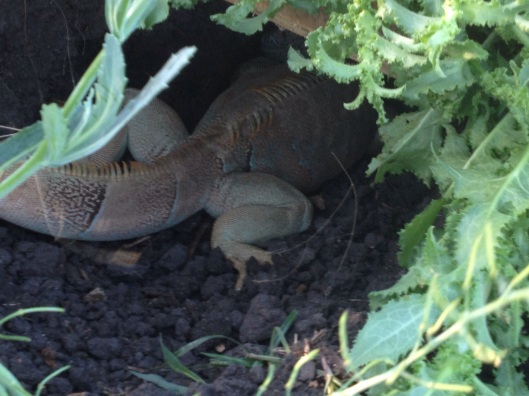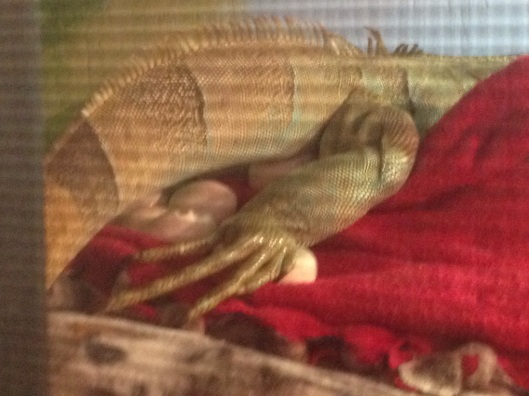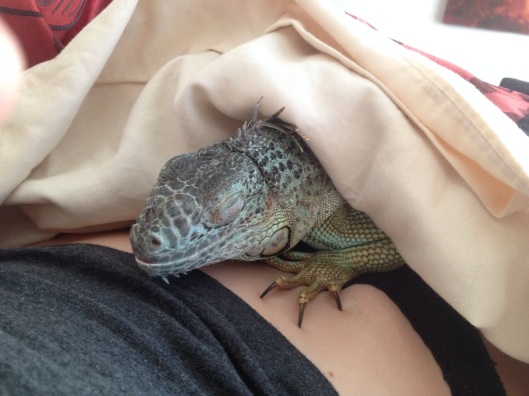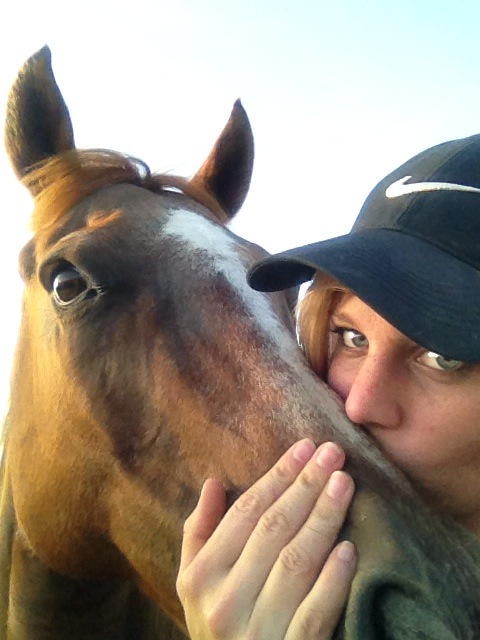When you live with an iguana, you know they these big lizards have even bigger personalities. Just when you think Mr. or Ms. Godzilla couldn’t get any sassier, guess what? MATING SEASON!!!
Every year, green iguanas go through a few months of mating season. Normally snuggly sweet lizards may suddenly become so hormonally enraged that it can seem like your iggy friend has turned into an iggy FIEND. But not to worry, it does end in just a few months and your buddy will stop acting like his own evil doppelganger.
Males typically display a shift in coloration, where they turn a variety of orange and rust colored shades. From what I have been told by several owners of male iguanas, they often experience swelling in their jowels. They will also lose weight from reduced eating. For the male iguana, his natural priorities will change. Patrolling his territory to look for potential enemies and mates is WAY more important than remembering he is supposed to eat, so his body will start using up the fat stored along his tail and abdomen.
Because he is looking for rival males to fight and females to claim as his own, he will see his owner and most objects around him as one or the other of these things. Many female owners experience the “love stalkin” each mating season and have learned all kinds of tricks to keep themselves from being… uh… “claimed” by the male. Trust this: you do NOT want a male iguana attached to your skin in an attempt to mate with you or get you to leave his territory. Iguana teeth are like serrated razors and they can easily rip through clothes and skin with minimal effort.
Watch for the behavioral signs…
1. “Love Stalkin”: head bobs and dewlap waving, licking the ground as he approaches you, puffing up to look big and strong, and if you turn your back, he will be on you in an instant. When he bites down on his target, he will not let go until he is.. finished. He may get a certain “heyyyy baby” look in his eyes. If you have seen this, you know exactly what he is thinking and the terrible things he has planned for your leg/jacket/shoe/hair/etc.
2. “Terminator Strut”: standing on the tips of his toes to be as big and scary as possible, exaggerated angry dewlap waving, opening or holding his mouth open all the way so you can see his teeth, hissing, wiggling his tail at the end like a rattle snake, waving the whole tail back and forth aggressively, and the distinctive stink eye of doom. If you see one or more of these things. Do not make eye contact. Do not run – he will chase you. You are not fast enough. Try to find some way to safely block him from latching onto you. He is ready to kill you if that is what it takes to run you off because he sees you as a rival who is here to take all that is HIS.
Females, on the other hand will typically turn brown or gray-ish after a short time of displaying the tell-tale mating season orange. Their bodies are being sapped of nutrients as they grow a clutch of eggs inside their abdomen. Like a hen, a female iguana’s body will begin making eggs whether she has a mate or not. It’s like a “just in case” baby-making mechanism. She will also lose weight, but it will be because her stomach and internal organs are being squished so much by the growing eggs that she will not be able to eat at a certain point.
This makes a gravid iguana extremely vulnerable to malnutrition, metabolic bone disease, and dehydration during this time. Without more food going in to fuel the egg development, her body will also start using up her fat stores to not only keep her alive, but provide the nutrients needed to grow her eggs. The weight loss experienced by female iguanas is usually a lot more extreme than that seen in males, but the extent of it isn’t truly seen until the eggs have been laid and you can see how seriously deflated she is. But not to worry – a female iguana is built for this. She can bounce back from the weight loss quickly with proper nutrition. Most females begin stuffing their little faces as soon as they are done laying their eggs.
Behavioral signs of a gravid female….
1. Slowly reducing the amount of food she eats until she stops completely, AND increased drinking from bowls and droppers. Even females who typically do not drink from bowls while you’re watching will drink heartily on a regular basis.
2. Patrolling for nests and digging. Females dig burrows where they will lay their eggs and cover them up to incubate in the soil, much like seas turtles. Most females will dig a burrow in a nest box if you provide a suitable one. This can take some trial and error to get right. She may not like your first box and you may have to try out a lot of different ones with different soils and moisture before she likes it. Or you can have an iguana like mine who totally refuses all boxes and prefers to lay her eggs on a blanket.
3. Staking out her territory. Usually a female will not be as bold as a male who is trying to defend or claim territory, but they can also display some of the same gestures and posturing as males. In the wild, large dominant females will often steal burrows from smaller weaker females who are already half way done with digging their burrow. So, don’t surprise a digging female. She may abandon her burrow because she is afraid you want to fight her for it, or she may come at you with a whipping tail and open mouth full of razors to defend the one she really wants. This may also result in extra nest patrolling and digging behavior around your home be cause she might be looking for back up plans in case she loses her nest to a rival female.
Additional things to consider:
– Cover reflective surfaces. Males and females will try to fight their reflection and this can result in them causing harm to themselves.
– Block openings to places a female iguana can get into but maybe not back out of so easily. I found my girl under the kitchen cabinets more than once and I still don’t know how she got in there.
– Outdoor time is KEY! Event though they are out of their minds with hormones, males and female both benefit from any extra time you can spend with them outside in real sunlight. They need UVB for their overall health anyway, but now their bodies are literally eating themselves and they are at risk for metabolic bone disease. Give them a UVB boost!
-Watch what colors you wear. If you wear anything that could make you look like a rival to a male iguana, he will definitely take it that way. Some males are so bad that their owners will stop wearing almost all bight greens/oranges/yellows/blues/pinks/reds for the entirety of the breeding season just so they can avoid being pounced.
-Baby them into drinking extra water. Even if you have to use a dropper to get them to drink one drop at a time, then you have to do what you must to encourage them to drink.
Whether you have a male or female iguana in your home, you are in for about a 4 month wild ride of doom.


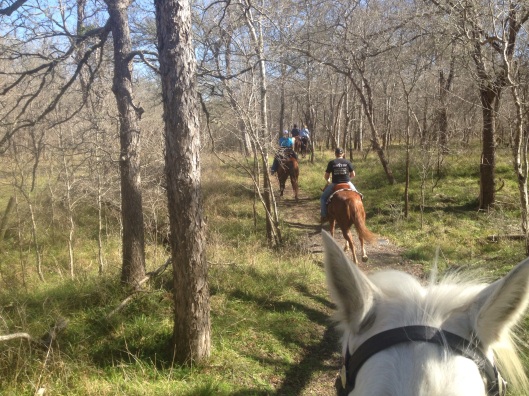

 When I mention that my iguana is already getting gravid this year, I usually get a funny look. Gravid = growing eggs inside of her…. A LOT of eggs. The next question is usually, “oh, you bred her this year?” which is usually followed by confusion when I say that she has never had a mate.
When I mention that my iguana is already getting gravid this year, I usually get a funny look. Gravid = growing eggs inside of her…. A LOT of eggs. The next question is usually, “oh, you bred her this year?” which is usually followed by confusion when I say that she has never had a mate.